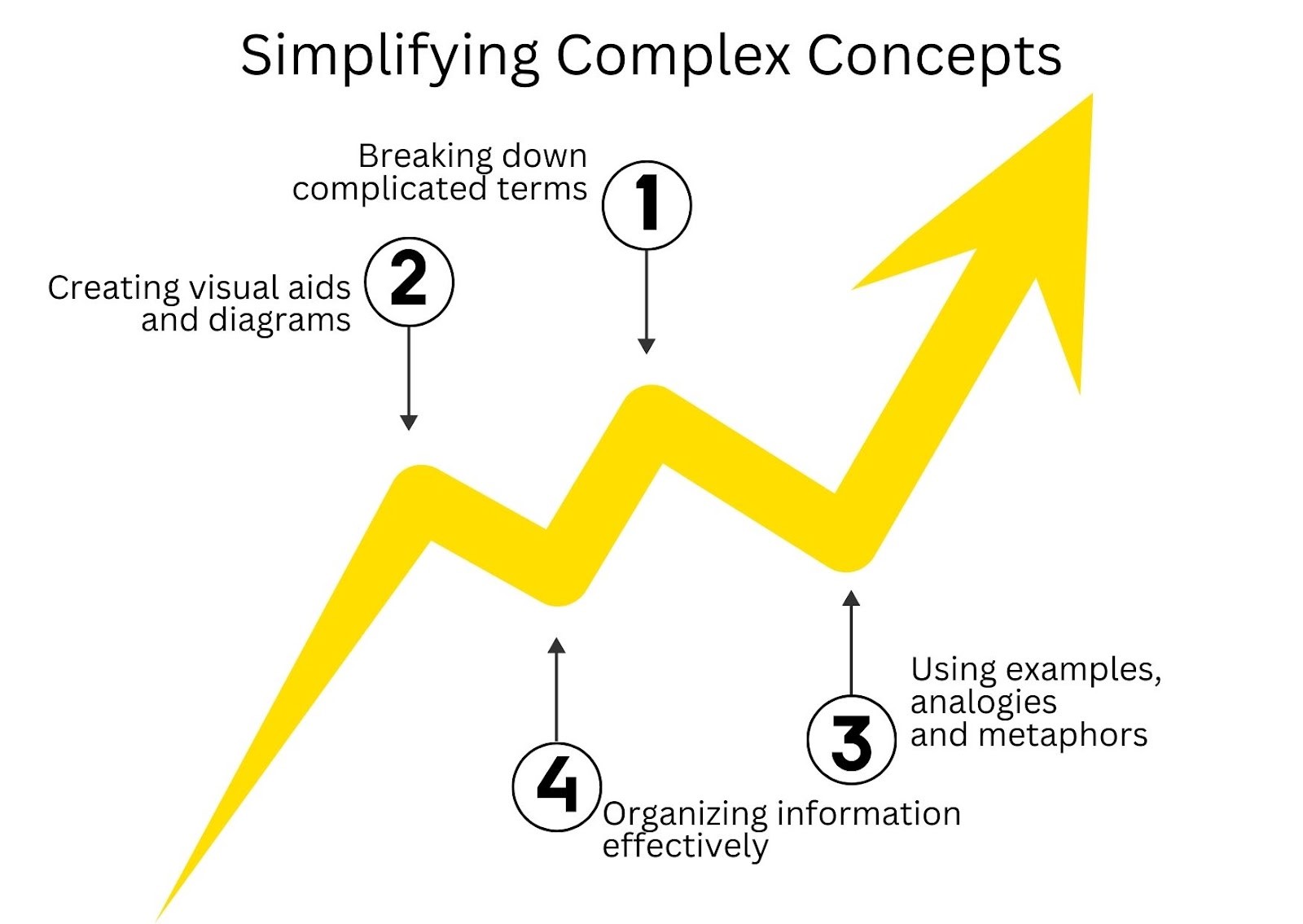
When it comes to fuelling business innovation and creativity, the brainstorming sessions and innovation labs might be coming in second to the humble MBA paper. The MBA Paper (Master of Business Administration paper) is an essay or report written by students usually to pass the Master of Business Administration program in a tertiary institution. It focuses on issues that draw inspiration from the management sector. In this regard, the writer analyzes various business problems in the sector, generating new ideas to address the problems and apply theories in practice. This is designed to enhance the critical thinking, strategic planning, and communicative ability of brilliant graduates. Yes, those hefty essays and case studies that keep so many MBA students up at night are no mere academic exercises. They are actually fuelling much of this day’s business creativity and innovation. Here is how.
1. A Playground for Ideas
An MBA paper is like a playground. It’s a space where you can dodge and duck from the real world and mix up a brew of theory and practice, combining old and new ideas in ways that are efficient, safe, and innovative. An MBA paper can feel free to suggest radical, untested ideas. That said, if you don't feel inspired to write an MBA paper and the deadline is creeping up, try Top Essay Writing – the Best MBA essay writing service online. Their experts can create insightful and original essays that any professor would love.
2. Learning from the Past, Shaping the Future
A standard technique of the MBA paper is the case study. These are not merely academic narratives. They are historical recreations of genuine business puzzles from which real enterprises once sent out SOS signals to the world via the pages of The Harvard Business Review and other leading journals. These histories instruct students about how innovation is managed and how creative problems can be solved in real-time, like a bank making policy for capital investment during the recession. Time and again, the telling of history demonstrates the utility of historical knowledge as the famous saying by George Santayana has it: “Those who cannot learn from history are bound to repeat it”.
3. A Testbed for Collaboration
Most, if not all, MBA courses also ask students to work on group projects and papers to give them experience of working as a team, replicating business life after the course. Ideas can be swap-shopped and twisted, tugged and explored within a tightly word-framed intellectual space. A group of students who don’t know each other, all coming from different fields of business, can quickly become an informed intellectual boiling pot.
Here are a few tips on how to collaborate on business projects more effectively:
|
Define Roles Clearly |
At the start of the project, agree on who is responsible for what. This prevents overlap and ensures that all tasks are covered |
|
Set Common Goals |
Make sure everyone understands and agrees on the project's objectives. This alignment keeps the team focused and moving in the same direction |
|
Communicate Regularly |
Keep the lines of communication open. Regular meetings, whether virtual or in-person, help catch issues early and keep everyone updated |
|
Be Open to Ideas |
Encourage all team members to share their thoughts and suggestions. A good idea can come from anywhere, and a collaborative environment fosters innovation |
|
Respect Deadlines |
Commit to meeting deadlines as a team. This shows respect for each team member's time and effort and helps ensure project success |
4. Critical Thinking and Strategic Insight
An MBA paper certainly isn’t a ‘regurgitation’ of facts and figures. A business needs to be turned on its head, conventional wisdom discarded, and a viable, fresh alternative put forward. The process builds critical thinking and strategy creation.
Here are some more tips on boosting your critical thinking:
- Ask Questions: Challenge assumptions by asking questions like "Why?" or "What if?" to delve deeper into issues.
- Explore Different Perspectives: Consider problems from multiple angles to understand the full scope and generate diverse solutions.
- Practice Reflection: Take time to reflect on decisions and outcomes. This helps identify biases and improve future reasoning.
- Engage in Discussions: Talk about complex topics with others. This exposes you to different viewpoints and sharpens your analytical skills.
5. Communication
Don’t underestimate the importance of good writing. Perhaps more than anything, MBA papers force students to articulate complex ideas in clear, persuasive terms. Did you know that 30 million adults in the US cannot read above a third-grade level? This is exactly why you should always aim to write clearly and effectively, especially when dealing with complex topics. Whether the vehicle is a one-pager or a 15-minute pitch, innovation still requires audiences to understand you. Heck, what good is a groundbreaking idea if it’s hidden in a verbal cul-de-sac?
This is how you can simplify complicated ideas:

Not Just Paper Pushing
To wrap things up, the next time somebody talks to you about MBA students staying up all night struggling over their papers, know this: they’re not just shuffling paper. MBA students are learning how to innovate and are learning how to do so in the business world. These papers are less about assignments and more about business ideas; the next first billion-dollar business might be nascent right now in an all-nighter.
Disclaimer: This post was provided by a guest contributor. Coherent Market Insights does not endorse any products or services mentioned unless explicitly stated.





